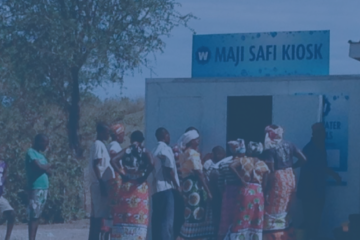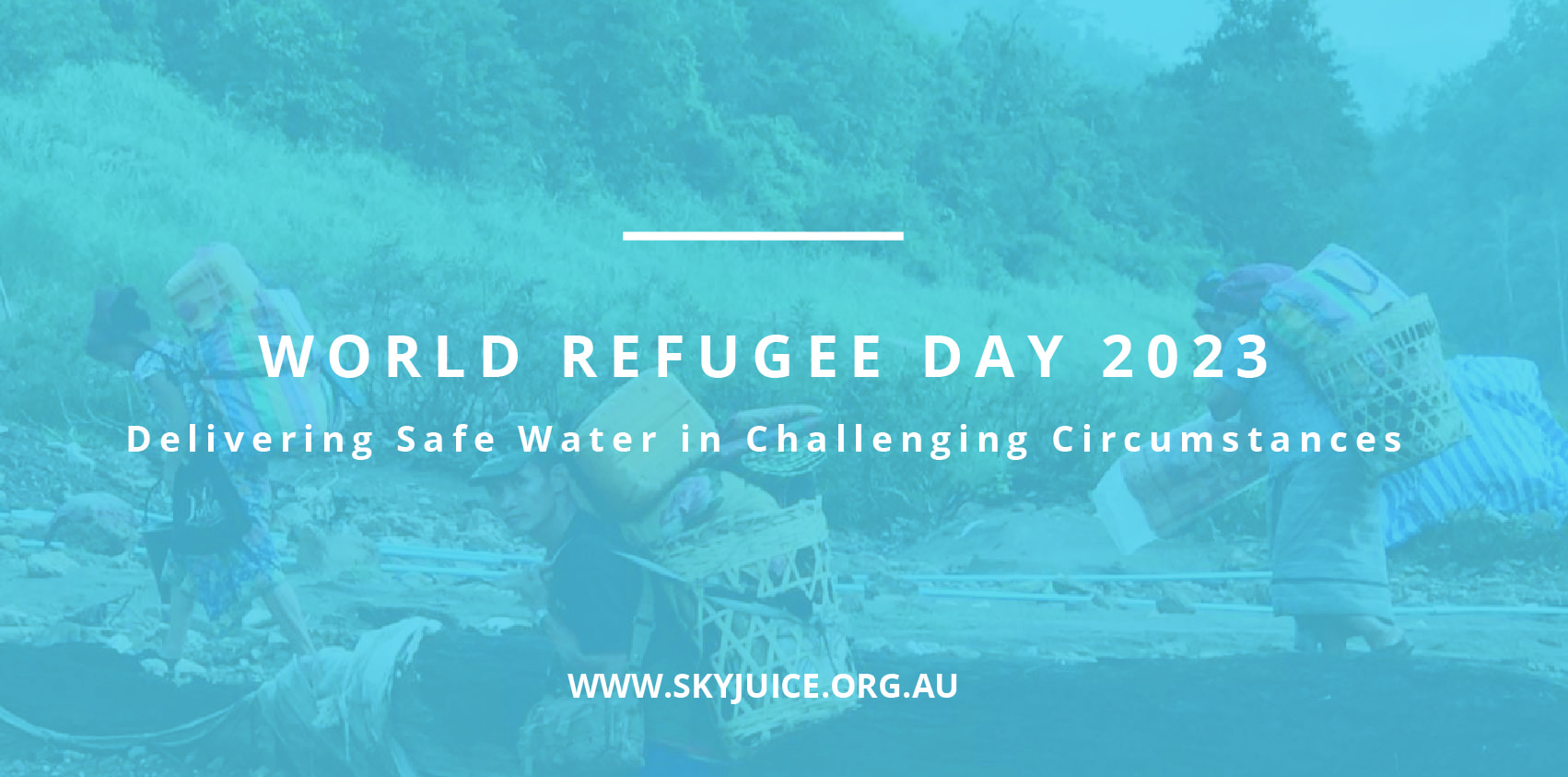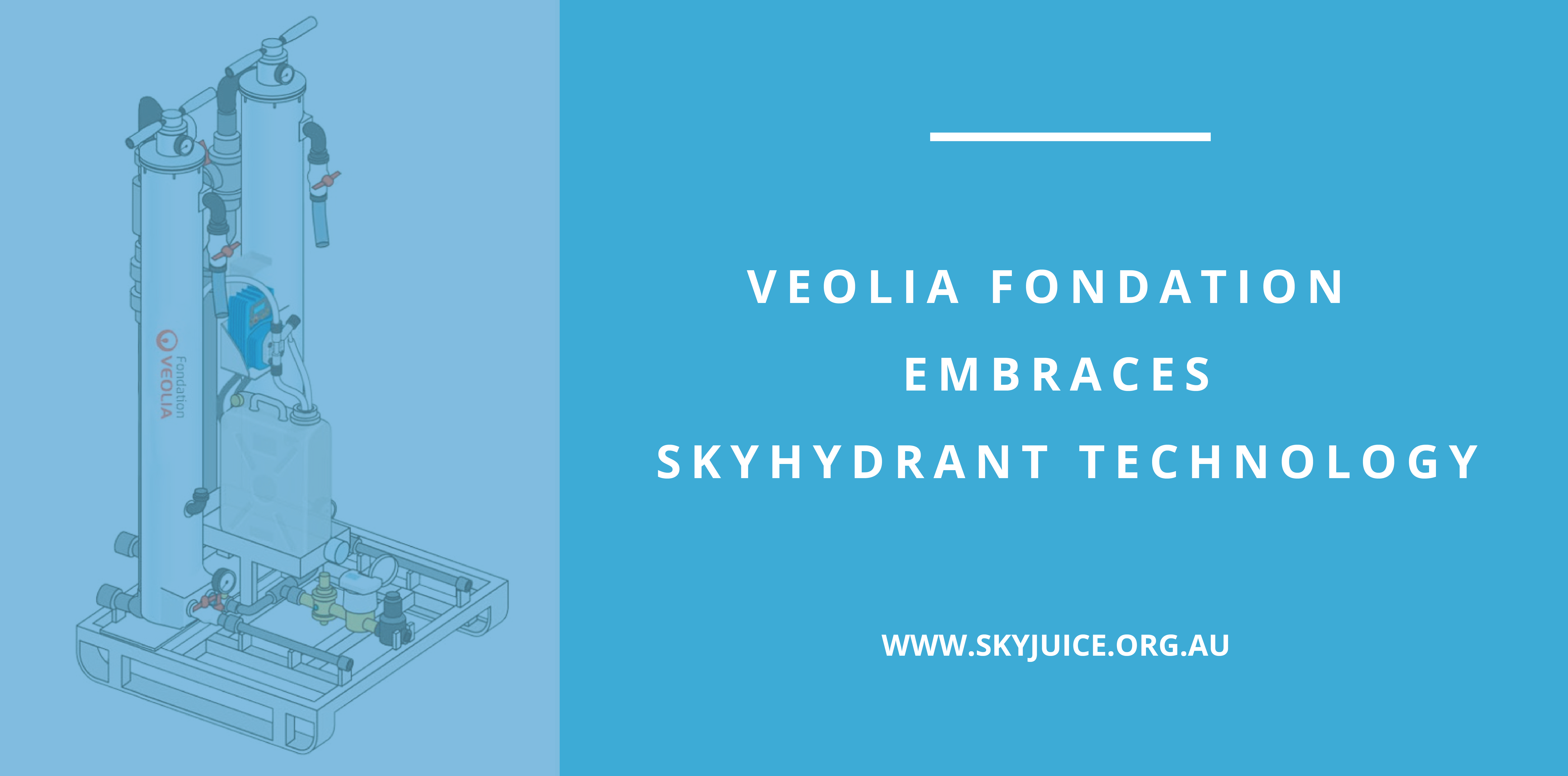In 2000, 193 nations agreed to a set of goals known as the Millennium Development Goals or MDGs that included water and sanitation. Some of you might be amazed to know sanitation was not initially on that list. With the assistance of the IWA president at the time, Professor Norohito Tambo, we fought hard to get sanitation in as part of the MDG on water! Thankfully, it is now accepted as key essential of human needs.
My view is that we are here for the long haul…
The positive news in 2015 was that major strides had been made with water supply but, unfortunately, sanitation lagged far behind. Although provision of or access to water had greatly increased the quality of water of supplied was often below that required as fit for consumption. This is not news for many of us.
So, let’s briefly look at some figures and they are mind-blowing.
The UN reported in 2016 that 29% of the global population lacked safely managed water supplies and 61% were without safely managed sanitation services. You can do the maths! In 22 countries the water stress level was above 70% with a strong possibility of future water scarcity.
On the positive side, my view is that the achievements over the 15 years encouraged everyone to look hard at way the goals were formulated and to develop key indicators that could be used to measure progress better. The UN has now confirmed 17 new Sustainable Development Goals with associated indicators to be achieved by 2030. The good news is that most of them look like being achieved by 2020 – just 2 years or less to go!
As usual folks, the devil is in the detail. Many of you might not have noticed that the Water SDG (namely SDG6), was reformulated to provide 6 goals with associated indicators and 2 process goals – 6A&B. This is important to note.
Some commentators regard the first 3 SDG goals only as relating water supply. My view is that they are all inter-related. These are also paramount, because frankly, none of the remaining 16 SDG goals will be achieved without water.
I also welcome the high level figures reporting as it is a difficult task.
But as commendable as that is, it hides a very important fact that small settlements such as villages, hamlets and sole dwellings are the hardest to supply. Even if the goals are met to a high level many people will not be supplied using conventional centralised water supply and treatment systems.
My view, shared by many, is that many countries and utilities have no reliable access to capital, expertise or political will to get such systems in place. So, pragmatically, we need to look at all possible options to reach further into these “outlier” communities. New approaches can be drivers that incorporate technical, innovation or social factors.
My own review late last century of water supply and water quality in Australia showed that many small communities were neglected with little or no treatment and poor reticulation systems. A targeted Commonwealth program was introduced to deal with this issue with major improvements being achieved water supply quality in small rural Australian communities.
Often, those communities are too small and too poor to get access to programs like this even if they did exist in their countries.
This is where the innovation and technology can make a real difference.
The technology promoted by the SkyJuice Foundation is valuable on many fronts. It is a validated state of the art technology but of low complexity. It is critically important that “whole of life” cost is assessed on any water or sanitation solution. The real cost of gravity membrane filtration is small with low levels of maintenance, requires few consumables and can work without power.
I believe that the exciting part of the ongoing challenge is that we have many other possibilities to harness innovative social entrepreneurs and tackle these SDG’s head on. In other words it is ideal to engage “new thinking” to achieve the water or sanitation SDG by filling the “treatment” gaps that will never be filled by large utility based systems.
So folks there is lot more work to do and I look forward to your feedback or comments at info@skyjuice.org.au



0 Comments